Guatemalan Tortillas: Authentic Recipe & Cultural Guide to Corn Tortillas de Guatemala
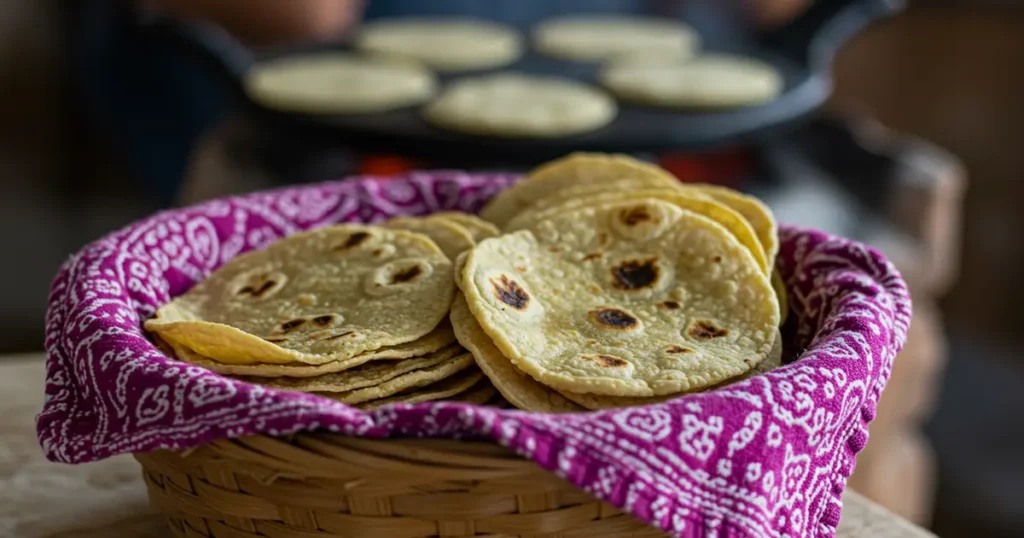
The rhythmic clap, clap, clap. It’s a sound synonymous with Guatemalan kitchens, a culinary heartbeat that echoes through bustling markets and quiet village homes. This is the sound of Guatemalan Tortillas being born, crafted by hand with a skill passed down through generations. More than just a staple food, these humble corn discs are the soul of Guatemalan cuisine, a delicious connection to the ancient Mayan civilization, and a testament to the enduring power of tradition.
While the dexterity of a Guatemalan woman shaping a perfect tortilla Guatemala by hand is a marvel to behold – a skill many of us, despite numerous attempts, might still be striving to master – the reward of a warm, freshly made corn tortilla is an experience that transcends the effort. This article delves into the world of Guatemalan Tortillas, exploring their cultural significance, the art of their creation, and how you can bring this authentic taste of Guatemala into your own kitchen.
The Soul of Guatemalan Cuisine: What Makes Guatemalan Tortillas Unique?
Walk through any town or village in Guatemala, and you'll inevitably encounter the sight and smell of tortillas cooking. They are ubiquitous, served with nearly every meal, acting as an edible utensil, a comforting accompaniment, and a source of sustenance. But what makes tortillas de Guatemala so special?
Corn: The Sacred Grain
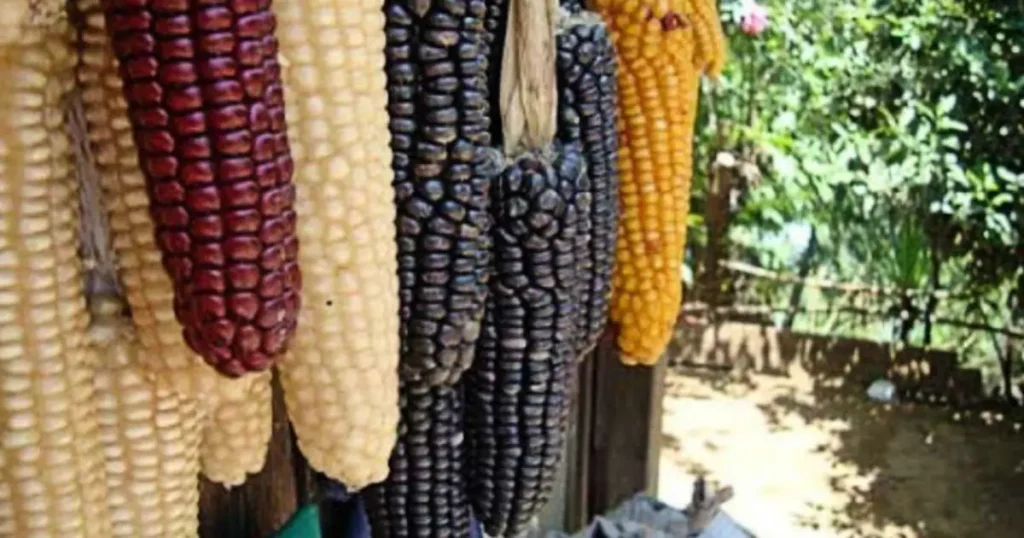
The story of Guatemalan tortillas begins with corn, or maíz, a crop that is not merely agricultural but deeply spiritual in Guatemalan culture. For the ancient Mayans, corn was a divine gift, the very substance from which humanity was created, as narrated in their sacred text, the Popol Vuh. This reverence for corn continues today. Guatemalan tortillas are traditionally made from nixtamalized corn. Nixtamalization is an ancient process where dried corn kernels are cooked and soaked in an alkaline solution, usually water with cal (slaked lime). This process unlocks essential nutrients like niacin, makes the corn easier to grind, and imparts a distinctive flavor and aroma to the resulting masa (dough).
While some modern preparations might use masa harina (corn flour) for convenience, the traditional method of grinding nixtamalized corn, often done at local mills or by hand on a piedra de moler (grinding stone), is still practiced and cherished. The type of corn used can also vary, leading to tortillas of different colors and subtle flavor profiles. You'll find white corn tortillas, which are the most common, as well as yellow corn tortillas. More distinctively, some regions and communities pride themselves on their blue or black corn tortillas, made from maíz negrito, offering a slightly earthier and nuttier taste. The connection to the land and the specific variety of corn used gives each tortilla Guatemala a unique identity.
More Than Just Bread: The Cultural Significance of Tortillas in Guatemala
In Guatemala, tortillas are far more than a simple side dish; they are an integral part of the national identity and daily life. A meal is often considered incomplete without them. They are consumed from breakfast through dinner, accompanying everything from hearty stews (caldos and pepianes) and flavorful bean dishes (frijoles) to simple scrambled eggs.
The cultural significance extends beyond daily meals. Tortillas Guatemala play a role in ceremonial feasts, community gatherings, and religious festivities. The act of making tortillas, often a communal activity for women in the family, is a way of preserving cultural heritage and passing down traditions. The presence of warm tortillas on the table is a symbol of hospitality and abundance. For many Guatemalans, the smell of corn tortillas cooking on a comal (a flat griddle) is the smell of home, a comforting reminder of family and tradition.
A Symphony of Hands: The Art of Hand-Clapping Tortillas

As the introductory snippet beautifully captures, there's a genuine fascination and even a touch of jealousy in watching a Guatemalan woman effortlessly shape a tortilla by hand. That "clap, clap, clap" sound is the rhythmic percussion of culinary artistry. This traditional method, known as tortear a mano, involves taking a ball of masa and skillfully patting it between the palms, rotating it simultaneously to form a perfectly round, evenly thick disc. It's a technique that requires practice, patience, and a certain intuition to achieve the desired consistency and shape.
While many modern kitchens and even some commercial operations now use a tortilla press for speed and uniformity, the hand-clapped Guatemalan tortillas are widely considered superior in texture and taste. The slight irregularities in thickness and the almost imperceptible layering created by the hand-clapping technique can result in a tortilla that puffs up beautifully on the comal, creating a delicate, steamy interior. Mastering this craft is a source of pride, and for those who haven't, like the author of the snippet, a tortilla press offers a welcome shortcut to enjoying homemade tortillas.
Crafting Your Own Guatemalan Tortillas: A Step-by-Step Guide
The good news is that you don't need to be a seasoned tortillera to enjoy fresh Guatemalan tortillas at home. Whether you're up for the challenge of hand-clapping or prefer the convenience of a press, making your own is a rewarding experience. This Guatemalan tortilla recipe will guide you through the process.
Ingredients: What You'll Need
The ingredient list for authentic Guatemalan tortillas is beautifully simple:
- Masa Harina (Corn Flour): Look for a good quality nixtamalized corn flour. Popular brands include Maseca, Bob's Red Mill, or local Latin American brands. This is the most common ingredient for homemade tortillas when fresh masa isn't available.
- Warm Water: The amount will vary depending on the brand of masa harina and ambient humidity.
- Salt (Optional): A pinch of salt can enhance the flavor, though many traditional recipes use no salt at all, letting the pure taste of the corn shine through.
Alternatively: Fresh Masa If you're lucky enough to live near a Latin American market or a tortillería (tortilla bakery), you might be able to buy fresh masa para tortillas. This pre-made dough is made from freshly ground nixtamalized corn and will yield the most authentic flavor. If using fresh masa, you can skip the step of mixing masa harina and water.
Essential Tools for the Perfect Tortilla Guatemala
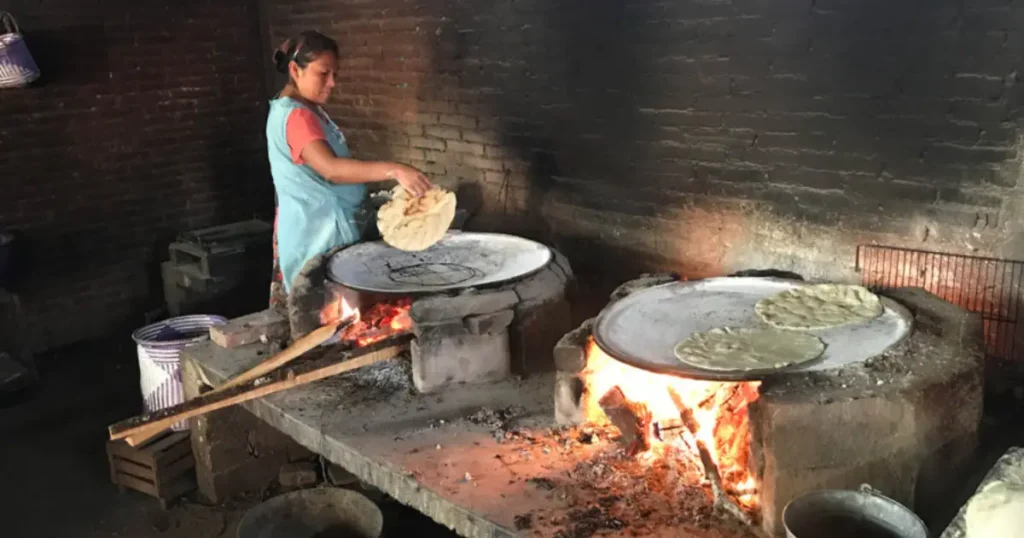
- Comal or Griddle: Traditionally, tortillas are cooked on a comal, a flat, circular earthenware or metal griddle. A heavy-bottomed cast-iron skillet or a non-stick electric griddle will also work perfectly. The key is even heat distribution.
- Tortilla Press (Recommended for Beginners): A tortilla press, typically made of metal or wood, makes it easy to achieve uniformly thin and round tortillas. It's a great tool if you're not yet confident in your hand-clapping skills.
- Your Hands (for the Traditional Method): If you're feeling adventurous and want to try the authentic technique!
- A Clean Dish Towel or Tortilla Warmer: To keep your cooked tortillas warm and soft.
- Mixing Bowl: For preparing the masa.
Guatemalan Tortilla Recipe: From Dough to Comal
This Guatemalan tortilla recipe focuses on using masa harina.
1. Making the Masa Dough:
- Combine Ingredients: In a large mixing bowl, place 2 cups of masa harina. If using salt, add about ½ teaspoon.
- Add Water Gradually: Slowly add about 1 ½ to 2 cups of warm water. Start with 1 ½ cups and add more, a tablespoon at a time, as needed. The exact amount will depend on your specific brand of masa harina.
- Mix and Knead: Mix with your hands until the dough comes together. Knead for a few minutes (3-5 minutes) until the dough is smooth, firm, and slightly springy, similar in consistency to play-dough. It should not be sticky, nor should it be crumbly and dry. If it's too dry, add a little more water. If it's too sticky, add a little more masa harina.
- Test the Dough: A good test is to press a small piece of dough between your fingers. If the edges crack excessively, it needs a bit more water.
- Rest the Dough: Cover the bowl with a damp cloth and let the dough rest for at least 20-30 minutes. This allows the masa harina to fully hydrate, resulting in a more pliable dough and better-textured tortillas.
2. Shaping the Tortillas:
There are two main ways to shape your Guatemala tortillas: using a tortilla press or the traditional hand-clapping method.
- Using a Tortilla Press:
- Cut two circles from a plastic freezer bag or use parchment paper, slightly larger than the surface of your press. This prevents the masa from sticking.
- Roll a piece of dough into a ball about the size of a golf ball (approximately 1.5 to 2 inches in diameter). The size can be adjusted depending on how large or small you want your tortillas. Guatemalan tortillas are often a bit thicker and smaller in diameter than some Mexican varieties.
- Place one plastic sheet on the bottom plate of the open press. Put the masa ball slightly off-center, towards the hinged side of the press.
- Cover the masa ball with the second plastic sheet.
- Close the press and apply gentle, even pressure with the lever. Don't press too hard, or the tortilla will be too thin and might break. Aim for a thickness of about 1/8 inch.
- Open the press and carefully peel the tortilla off the plastic.
- Hand-Clapping Method (The Traditional Art):
- Start with the same golf ball-sized piece of masa.
- Slightly moisten your hands with water to prevent sticking.
- Begin by gently flattening the ball between your palms.
- Start the characteristic "clapping" motion: use one hand as a base while the other hand gently pats and rotates the dough. With each "clap," turn the dough slightly. The goal is to gradually expand the dough into a round disc of even thickness.
- This method takes practice! Don't be discouraged if your first few attempts are not perfectly round. The rustic charm is part of their appeal.
3. Cooking Tortillas to Perfection on the Comal:
- Preheat the Comal: Place your comal or skillet over medium to medium-high heat. It needs to be hot enough so that a drop of water sizzles and evaporates quickly, but not so hot that it burns the tortillas before they cook through. This usually takes about 5-10 minutes of preheating. Do not grease the comal.
- Cook the First Side: Carefully place a freshly shaped tortilla onto the hot comal. Cook for about 45-60 seconds. The edges will start to look cooked, and the tortilla might begin to lift slightly. You might see some light browning.
- Flip and Cook the Second Side: Using your fingers or a thin spatula, flip the tortilla. Cook the second side for another 60-75 seconds. The tortilla should be opaque and lightly freckled with brown spots.
- The Puff (The Magic Moment!): Flip the tortilla one more time. This is when the magic often happens! If your masa consistency and comal temperature are just right, the tortilla may puff up like a little balloon. This indicates a perfectly cooked tortilla with a steamy, soft interior. Gently press down on the edges with your fingers or a spatula to encourage puffing if it doesn't happen on its own.
- Keep Warm: Once cooked (puffed or not, it will still be delicious!), remove the tortilla from the comal and place it in a cloth-lined basket or a tortilla warmer. The steam will help keep them soft.
- Repeat: Continue shaping and cooking the remaining masa dough. Adjust the heat of the comal as needed. If tortillas are browning too quickly, reduce the heat. If they are taking too long to cook, increase it slightly.
Variations and Pairings: Exploring the Versatility of Tortillas de Guatemala
While the basic corn tortilla is king, there's still room for subtle variations and a universe of ways to enjoy them.
Regional Differences in Tortilla Making
As mentioned, the color of Guatemalan tortillas can vary based on the corn used – white, yellow, or the striking blue/black. Size and thickness can also differ slightly from one region or even one family to another. Some areas might have a preference for slightly thicker, heartier tortillas, while others might make them a bit thinner. In some communities, particularly for special occasions, you might find tortillas that have herbs or other ingredients mixed into the masa. The beauty of tortillas de Guatemala lies in these subtle nuances that reflect local traditions and available ingredients.
Beyond a Side Dish: How Guatemalans Enjoy Their Tortillas
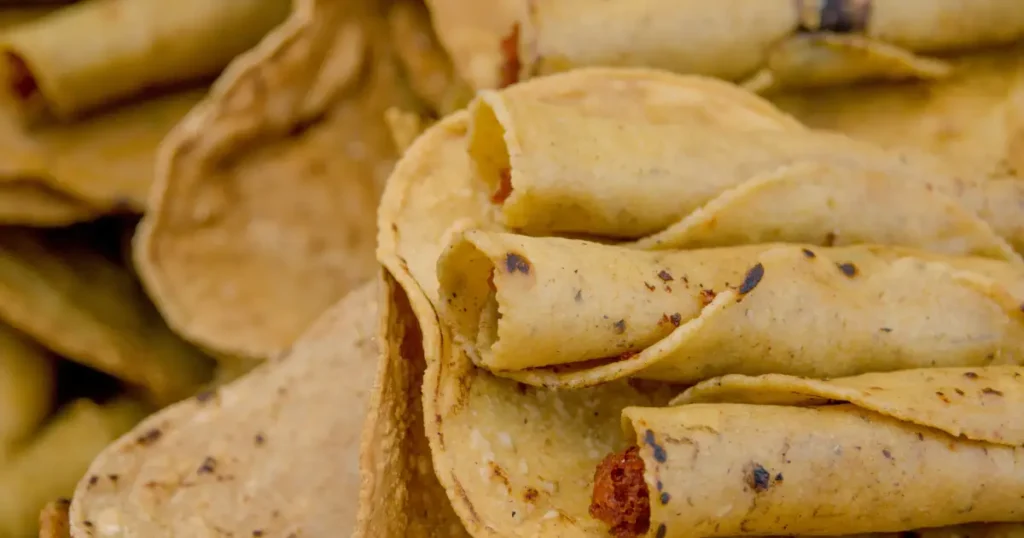
The versatility of tortillas Guatemala is truly remarkable. Here are just a few ways they are enjoyed:
- With Every Meal: They are the standard accompaniment to main dishes like pepián (a rich meat and vegetable stew), jocón (chicken in a green tomatillo sauce), hilachas (shredded beef stew), and simple plates of black beans, rice, and eggs.
- As Utensils: Guatemalans often use pieces of tortilla to scoop up food, making them an edible and practical part of the meal.
- Tostadas: Leftover or day-old tortillas can be fried or baked until crisp to make tostadas, which are then topped with beans, salsa, guacamole, cheese, or meat.
- Dobladas: These are tortillas folded in half and typically filled with cheese, beans, or meat, then often lightly fried or toasted.
- Chilaquiles Guatemaltecos: While chilaquiles are popular in many Latin American countries, Guatemalan versions often involve pieces of fried tortilla simmered in a tomato-based sauce, sometimes with chicken or eggs.
- Enchiladas Guatemaltecas: Quite different from Mexican enchiladas, Guatemalan enchiladas are more like a tostada piled high with curtido (a pickled vegetable slaw), meat, salsa, and cheese. The tortilla base is essential.
- Simply with Salt or Guacamole: A warm, fresh tortilla with a sprinkle of salt or a dollop of fresh guacamole is a simple yet profound pleasure.
Guatemalan Tortillas vs. Other Latin American Tortillas
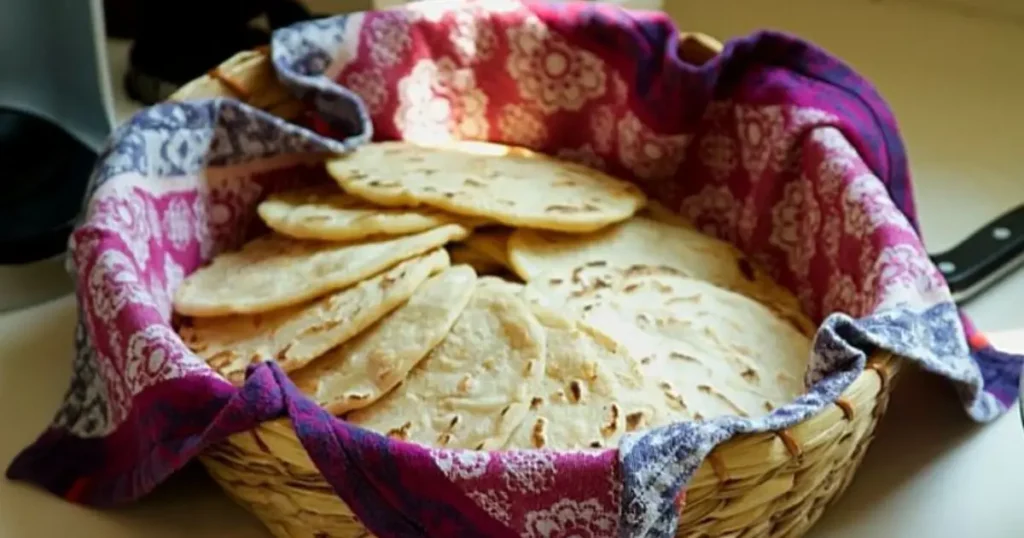
While corn tortillas are a staple across much of Latin America, there are differences. Compared to Mexican corn tortillas, Guatemalan tortillas are often, though not always, a bit thicker and smaller in diameter. Wheat flour tortillas, very common in parts of Mexico and the US Southwest, are much less prevalent in traditional Guatemalan cuisine, where corn unequivocally reigns supreme. The emphasis on hand-clapping and the specific types of native corn also contribute to the unique character of Guatemala tortillas.
The Experience: Where to Find Authentic Guatemalan Tortillas
If you're traveling in Guatemala, experiencing authentic tortillas is a must.
Street Vendors and Local Markets: The True Taste
Some of the most delicious and authentic tortillas de Guatemala are found at street food stalls and in local markets (mercados). Here, you'll often see women expertly hand-clapping and cooking tortillas fresh to order on large, wood-fired comales. The smoky aroma and the taste of a tortilla straight from the comal are unforgettable.
Restaurants and "Tortillerías"
Most traditional Guatemalan restaurants (comedores) will serve fresh tortillas with their meals. You might also find dedicated tortillerías – small shops that do nothing but make and sell fresh tortillas and masa for locals to take home. Buying a stack of warm tortillas from a tortillería is a daily ritual for many Guatemalan families.
Making Them at Home: A Rewarding Endeavor
As this article encourages, making Guatemalan tortillas at home, using a quality Guatemalan tortilla recipe, is an incredibly rewarding experience. It connects you to the food in a deeper way and allows you to savor the unparalleled taste of a tortilla you've made with your own hands. The effort is truly worth it, especially when you share them with friends and family.
Conclusion: The Enduring Legacy of Guatemalan Tortillas
From the sacred reverence of the ancient Mayans to the bustling kitchens of modern Guatemala, corn tortillas have remained a constant, vital thread in the fabric of Guatemalan life. They are more than sustenance; they are culture, tradition, and a symbol of identity. The humble Guatemalan tortilla, whether perfectly round from a press or charmingly rustic from skilled hands, offers a taste of history and a warmth that nourishes both body and soul. The next time you hear that rhythmic "clap, clap, clap," or better yet, try your hand at making your own, remember the rich legacy baked into every delicious bite. The journey of the Guatemalan tortilla is a journey into the heart of Guatemala itself.

Leave a Reply